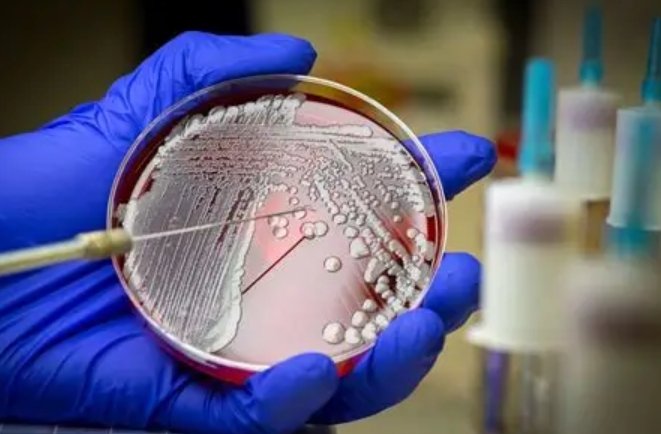
Future cancer drugs that are activated by light without any toxic side-effects sooner will be in use.
This innovative research made possible by the Monash Warwick Alliance, an intercontinental collaboration between the University of Warwick (UK) and Monash University (Australia).
Led by Robbin Vernooij, a joint PhD student from the Monash Warwick Alliance, fresh insight has been gained into how a pioneering platinum-based chemotherapy drug candidate - trans,trans,trans-[Pt(N3)2(OH)2(py)2] - functions when activated by light.
The treatment was originally developed by Professor Peter Sadler's research group in the University of Warwick's Department of Chemistry is an inorganic-metal compound with an unusual mechanism, which kills cancer cells in specific targeted areas, in an effort to minimize toxic side-effects on healthy tissue.
Completely inactive and non-toxic in the dark, the treatment can be inserted into cancerous areas, its functions triggered only when directed light hits it - causing the compound to degrade into active platinum and releasing ligand molecules to attack cancer cells.
Using an old spectroscopic technique - infrared spectroscopy - the researchers observed what happens to the structure of the compound by following the metal as well as molecules released from the compound.
The researchers shone infrared light on the inorganic-metal compound in the laboratory, and measured the vibrations of its molecules as it was activated.
From this, they discovered the chemical and physical properties of the compound: some of the organic ligands, which are attached to the metal atoms of the compound, become detached and are replaced with water whilst other ligands remain stable around the metal.
This fresh insight into the mechanics of the treatment offers new hope that photoactive chemotherapy drug candidates, such as trans,trans,trans-[Pt(N3)2(OH)2(py)2], will progress from the laboratory to future clinical trials.
As resistance to traditional cancer therapies is increasing, implementation of new treatment is need of today.




